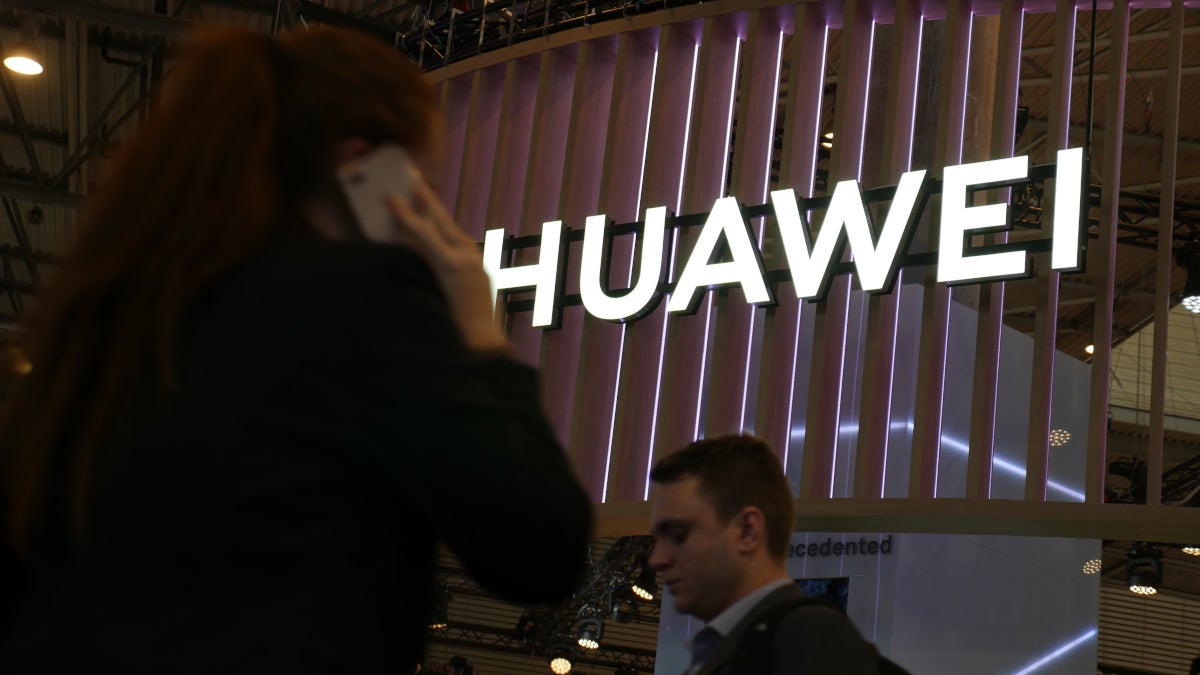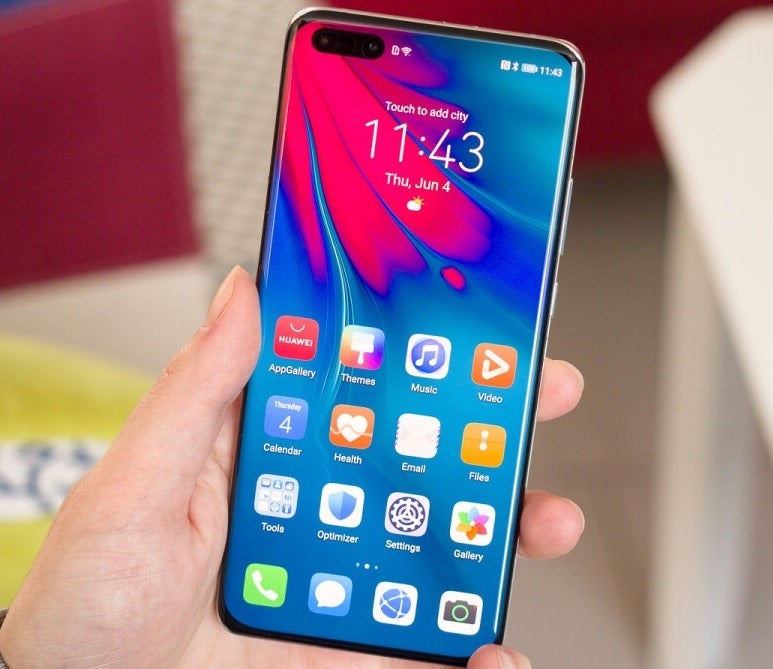Huawei says it's "back in the game;" should Samsung and Apple worry?

Back in 2018, we told you that Huawei was working on an operating system to replace Android in case it lost access to the Google Mobile Services version of the software. What concerned Huawei at the time was that fellow Chinese smartphone and networking equipment company ZTE had been placed on the U.S. Entity List for not adhering to punishments placed on it by the U.S. after it sold gear to North Korea and Iran. Those sales violated U.S. sanctions.
While then President Donald Trump removed ZTE from the Entity List, his administration added Huawei to the list a year later and it remains there to this day. In August 2019, Huawei introduced HarmonyOS. The company's consumer chief Richard Yu said during the announcement that the operating system was designed to work on a variety of devices such as smartphones, smart speakers, automobiles, computers, smartwatches, and tablets.
HarmonyOS 3.0 was pre-installed on the Mate 50 series this year
HarmonyOS 3.0 was pre-installed on the Mate 50 line released earlier this year. According to GizChina, HarmonyOS is running on more than 320 million handsets. The operating system is the third largest mobile OS in the world after Android and iOS with an annual growth rate of 113%. This is no small feat for a company forced to compete with one hand tied behind its back.

HarmonyOS version 2.0
Third-party installations of HarmonyOS are also on the rise with over 250 million units of products such as light bulbs, televisions, microwaves, and refrigerators using the software. Those installations are increasing at a rate of 212% on an annual basis.
Huawei's own AppGallery app storefront is also growing rapidly and is now the third largest in the world after the Google Play Store and the App Store. It is a little light on options (only 220,000 apps compared to approximately 2.5 million in the Play Store) but still is able to serve more than 580 million monthly users.
A year after being put on the Entity List, Huawei was banned from receiving chips made by foundries that use American technology. For its last two flagship series (2021's P50 line and this year's Mate 50 series), Huawei received permission to use 4G versions of Qualcomm's Snapdragon chipsets. For example, this year's Mate 50 Pro is powered by the Snapdragon 8+ Gen 1 SoC tweaked to work with 4G signals only.
The largest foundry in China, SMIC, can't access the cutting-edge lithography machines used to etch circuitry on wafers that are thinner than the width of a human hair. The U.S. is making sure that these Extreme Ultraviolet (EUV) lithography machines cannot be imported by China. But MyDrivers says that Huawei has recently submitted an application for a patent covering some EUV components and the EUV lithography process. The application number is 202110524685X.
If Huawei develops its own EUV process, the company could regain access to cutting-edge 5G chips
DigiTimes Asia notes that the patent has not yet been granted to Huawei by China's National Intellectual Properties Administration, and it isn't clear whether Huawei has the ability to manufacture a complete EUV machine which is about the size of a school bus. Each EUV machine has over 100,000 components. Huawei's patent reportedly improves some issues inherent in the EUV process by featuring a more uniform light source.
The world's only current EUV manufacturer, Dutch firm ASML, filed a similar patent in 2016. But both patents differ in the way light is used in the EUV process. Additionally, Huawei is believed to be working on a way to "bypass" lithography by using optoelectronic wafers and other innovations.
Huawei's work on lithography is extremely important to the company and China. If Huawei can patent its own EUV technology, it will be able to help Chinese chip foundries produce cutting-edge chips. This would help the country get closer to its goal of becoming self-sufficient in semiconductors. More importantly to fans of Huawei's handsets, it would allow Huawei to offer 5G as a native feature on its phones while equipping them with the most powerful and energy-efficient SoCs available.
While Huawei says that it is "back in the game," it still is going to take time for the patent to be issued an an EUV machine built by Huawei. If the company can conme up with a way to bypass the lithography process, that would be the time for Samsung and Apple to start worrying.
Follow us on Google News













Things that are NOT allowed:
To help keep our community safe and free from spam, we apply temporary limits to newly created accounts: